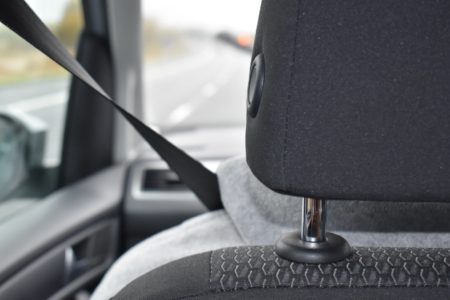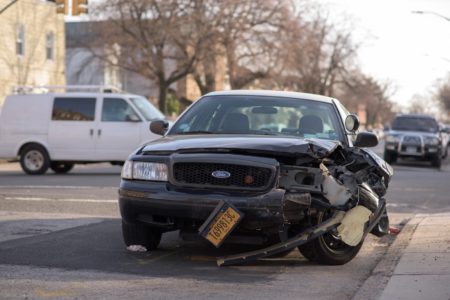Learn to Drive | Tips for Winter Driving
Safe Kids USA is encouraging kids and parents to take part in an online survey aimed at educating kids about how to drive a car safely before they start driving a car. Young drivers usually learn to drive in summer months and may not be prepared for winter driving conditions.
“They answer some questions about what they think is important for drivers and passengers to know,” Safe Kids USA Coordinator Jessica Saunders said.
The survey can be found at www.countdown2drive.org
The Ohio State Patrol has also sent out a warning for parents and teen drivers.
“They need to be extra careful in the winter and if the roads are bad they shouldn’t drive,” Ohio State Patrol Lt. Douglas Eck said.

Just Learning to Drive a Car? Here is What to Do If Your Wheels Start to Skid:
- DO remain calm and in control. (Don’t panic.)
- DO keep your eyes on where you WANT to go – (NOT where your skidding car is headed!)
- DON’T stomp on the brake (that will only make the situation worse!)
- DO steer into the skid (point the wheels in the direction that you would rather be going) Once the car is under control,
- DO accelerate smoothly. Smooth acceleration will cause a weight transfer to the rear wheels and help regain grip.
If Your Vehicle Refuses to Turn and the Front Wheels are Skidding
- DON’T panic.
- DON’T hit the brake or jerk the steering wheel
- DO lift off the accelerator
- DO turn back toward straight a slight amount (this will allow the front wheel to regain grip and start rolling again)
- Once grip and steering effectiveness are restored, you can smoothly steer back in to the curve.
Use Grip (Traction) Efficiently
When roads are slippery, use all of the grip (traction) available for one action at a time. Try to practice this as you learn how to drive a car. Brake only in a straight line prior to the curve when the car is traveling straight. Taking your foot off the brake before you steer into the curve allows you to use all of the grip available just for steering. Accelerate only when you are able to straighten the steering wheel at the exit of the turn. This technique will allow you to be 100% effective at each maneuver- braking, steering and acceleration.




